Estimated reading time: 9 minutes
Table of contents
It’s something that our profession needs to come to an understanding with consumers around privacy. It’s not exactly a topic that anyone is inclined to tackle, given that violating the privacy of consumer’s has been big business for a long time, but the time has come for an honest conversation around this. We don’t feel like evil, dystopian usurpers of civil rights, so why are some marketers portrayed that way? What makes one marketing activity “awesome” and another “creepy”? Here’s everything e-commerce marketers need to know.
Awesome
I came across The Tile App and immediately wanted it. It’s so brilliant! It will help me find anything if it’s lost in my home with a special locator app.
It also helps if something gets stolen; it activates “the world’s largest lost and found” by gathering data from all other Tile users. So if I’m walking around town with my phone in my pocket and I pass by your stolen bicycle that you had a tile affixed to, you’ll get a notification about the location of your stolen goods.
Stolen property locators (think LoJack and similar devices) are nothing new — they’ve been around for years. What’s unique about Tile is that it uses a distributed network of unrelated consumer devices to passively scan for and locate an item.
Creepy
Wait a second… haven’t I seen this movie before?
Background for the non-nerds in the audience: In the 2008 movie “The Dark Knight”, the superhero Batman uses technology to access every cell phone in the fictional Gotham City and use echolocation technology to paint a picture and rapidly search for the villain he was chasing. The hero’s friend, who invented the basis for the technology, describes this application as simply — and quite emphatically — wrong.
Tile App, however, is not wrong. It’s very, very right — with the possible exception of the fact that they only work on iPhone and I’m an Android guy. Sadness and feelings of exclusion notwithstanding, what makes the Tile App so awesome while The Dark Knight’s echolocator was the very definition of immoral?
Permission-based
A huge part of what made the echolocation technology in the movie feel like such a violation was its use without anyone’s permission. Without their knowledge, every cell phone in Gotham city was being used to image the world around them.
Tile App, on the other hand, is inherently permission-based (in that you have to actually buy an additional piece of hardware and carry it with you). I don’t know if they actually do or not, but if I was Tile App I’d also give people the chance to disable the distributed lost-and-found feature from their phone. It would take some corporate courage to allow users to control that, since their recovery system becomes more valuable the more people use it and — even if they have it activated by default — they can expect a significant percentage of customers to opt-out; thus reducing the value of their recovery system.
This is the crux of the problem for e-commerce marketers: Should we ask consumers’ permission before tracking their behaviors or gathering other information to help improve their experience and increase the value of their relationship with us and risk them saying no? The inclination to this is why we have unsubscribed options and preference management options for email. We acknowledge that not everyone wants to receive that particular form of targeted marketing, so we let people opt-out of, say, related product emails. We even let them opt-out entirely, even though we consider capturing contact and the ability to communicate with a consumer through email to be an incredibly valuable business asset.
The permission threshold is very key. It’s obviously not creepy if you’re walking around a store and go ask an employee a question. It’s really creepy if that store’s employees are following you around the store watching you at a distance so that they can jump out at you and tell you what to buy. Can you imagine how startling and unsettling it would be if you were walking around Wal-Mart and an employee jumped out at you and said: “Because you walked down the children’s toys aisle, you should buy these fifteen different Lego sets!”?
Again, it takes a fair amount of courage to make the trade-off between the short-term sales goals (which are almost always better served by being interruptive, creepy, and annoying since the good-will of your customers takes some time to waste entirely) and the long-term value of the user experience. Partially, this is again because we solve for the transaction instead of solving for the customer. It’s also because marketers don’t respect where people are in the buying cycle right now, instead of trying to push everyone towards a transactional conversion.
You should make it clear how you’re using people’s information. At this point, sunlight is the best way to take ourselves from being creepy shadow-figures like the picture at the top of this article to be partners in a value-added relationship with consumers.
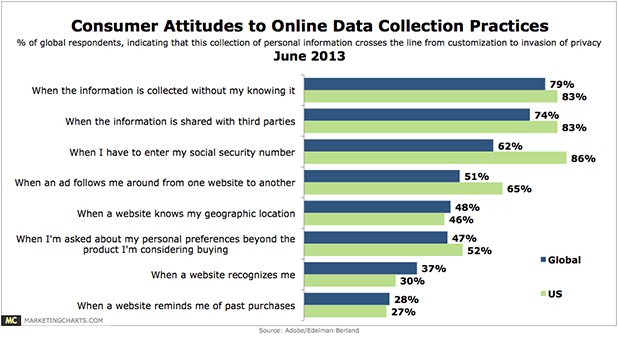
83% of consumers believe it’s an invasion of their privacy if the information is collected without their knowledge. A smaller, but still significant, portion finds almost any customization, such as a website recognizing them or reminding them of past purchases, to be an invasion of privacy — which we know are keys towards creating a value-growth relationship between the consumer and the brand. A certain percentage of consumers are going to be alienated by any data collection, and perhaps we should all adopt the universal opt-out option. But the benefits in the strengthened relationships with consumers who want to know when information is being collected and how it’s used are too significant to abandon these methods entirely.
Tile App does a fairly good job with this; their FAQ’s section addresses it directly:
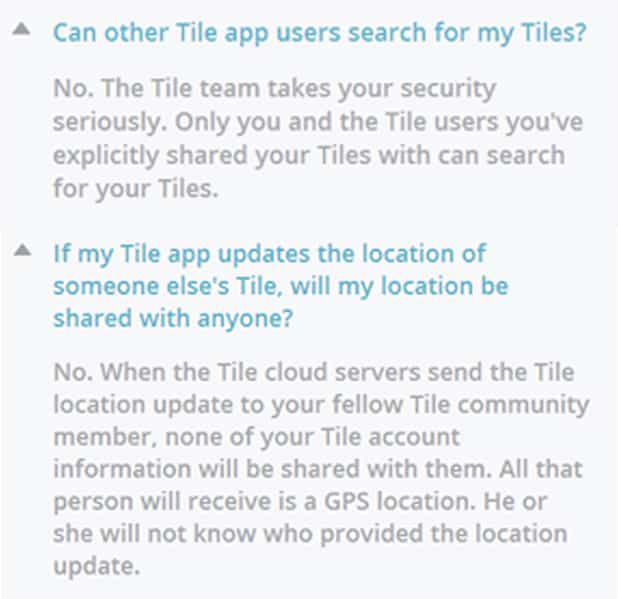
Value-added
So what makes Netflix such an awesome user experience when it comes to product recommendations? When I first signed up for Netflix, I willingly invested hours into giving their system information about me by rating hundreds of movies I had previously watched. What makes someone tracking my web browsing behavior to see what I’m interested in different? Well, in addition to being permission-based as previously discussed, the value-add for me is clearly stated. The more information I give them, the more valuable their service becomes to me. That’s a key feature of their value proposition and not something that they try at all to hide. In fact, their Netflix Max system even gamifies it with such user interface features as “The Rating Game”.
This is a key distinguishing characteristic that e-commerce marketers need to embrace. In order to receive the aforementioned permissions from consumers to use their data, you have to be clear about how you’re using it to make their lives better. A Forbes Insights survey uncovered that consumers are more willing to share information than many executives think — if they know what’s in it for them.
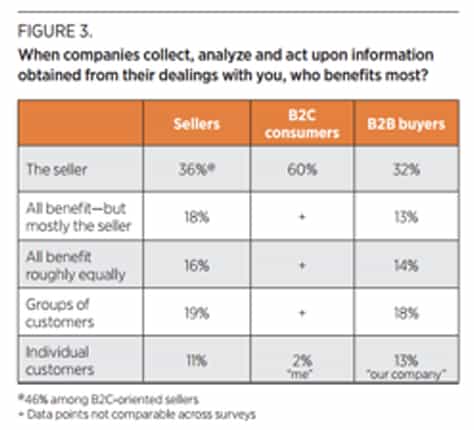
The interesting discrepancy here is that most consumers feel that the seller is the primary beneficiary of the information that they’re collecting. In fact, according to Forbes, sellers tend to agree. That would indicate that marketers are not collecting and using data to create a value-added experience for consumers. The information has value for consumers and one that marketers can track. Form data, for example, can have a specific and measurable impact in future (or “pipeline”) revenue for e-commerce marketers. We know, for example, that if our Average Order Value (AOV) is $100, and 10% of the people who download our awesome ebook complete a purchase, that each of those ebook downloads is worth $10 to us. So we’re receiving value from the information that we’re collecting without making it clear what value we’re giving in return.
And we are — or should be — using that information to build value for the consumers. Most marketers, even if they aren’t customer-centric in methodology, are at least accidentally creating value for their consumers with their data efforts because they’re trying to create an experience that’s more likely to result in a sale — the necessary precursor to which is good user experience. However, not enough marketers are apparently clearly and intentionally solving for the user experience with the data that they’re collecting enough to explain it to their customers.
In fact, 77% of consumers would trust businesses more if they understood how their information is being used.
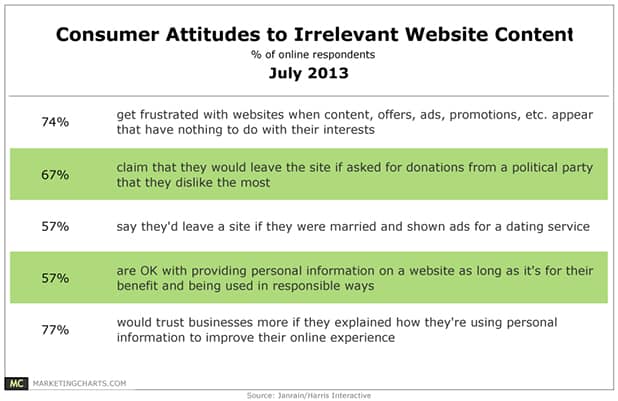
53% of consumers in the Forbes survey state that they are willing to share info when they perceive and understand the benefit for them — which makes sense when we think of the exchange of information as a transaction. 71% of consumers say that an improved online experience is enough to encourage them to share information. So, if we can demonstrate that we’re using their data to improve their experience, they’ll be willing to share it with us.
For now, however, only 31% of consumers surveyed believe that benefits of sharing their personal information currently outweigh the risks involved.
That’s the balance that we have to fix before consumers will feel comfortable with the increasing exchange of information.
But wait, Sam, aren’t these product and service features? What does this have to do with e-commerce marketing?
I’m glad you asked that question. In a previous article, I discussed how e-commerce marketers need to start thinking more like software companies by soliciting and acting on feedback from their customers on how they can improve their experience. This will probably include applications that help people make decisions on your website, like the Netflix Max system referenced in the article, that helps the relationship between the e-commerce website and the consumer grow in value over time. Decision software is not yet natively included in any shopping cart platform that I know of, so e-commerce marketers can lead the way by building out these permission-based and value-added applications.
If we’re going to collect information that helps us grow sales by increasing the value of long-term relationships between the consumer and the brand, we have to actively solicit their permission and make it clear what the information is for.
B2B marketers are not perfect with this either, by the way. This is going to be a long-term, generation-defining debate between consumers and corporations over how much information people are willing to share and for what uses. We can start, however, with helping consumers understand that we’re trying to build businesses that give more value than they ask by creating user experiences that help people discover awesome new products in an efficient and enjoyable user experience that customizes itself to the consumer instead of making the consumer do all the work.
An Unavoidable Issue
This is no longer an issue ecommerce marketers can ignore. In fact, many governments — such as those in Europe — are already taking legal action compelling marketers to solicit permission from consumers. It’s a topic that generates passionate debate. The best way for marketers to overcome this is to ask permission after explaining to the consumer what they’re trying to do to improve their shopping experience.
e-commerce marketing
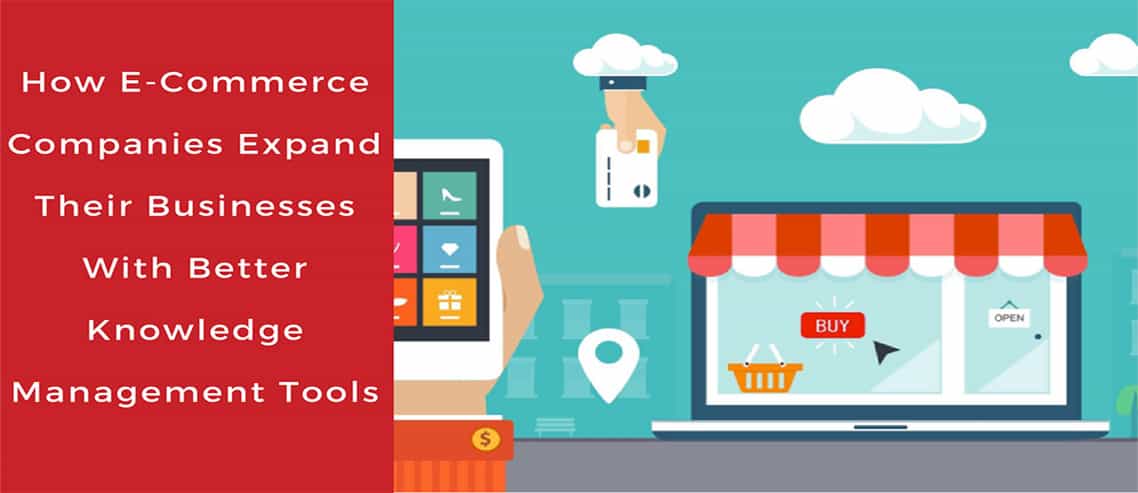
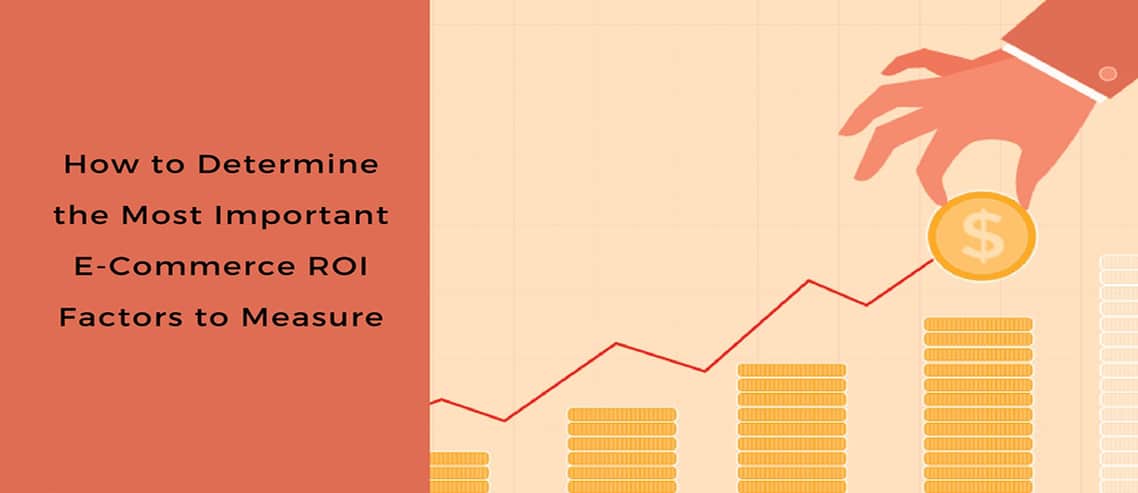
Any way I’ll be subscribing to your augment and even I achievement you accessconsistently rapidly.